This time last year (and one effect of the pandemic has been to affect people's grasp of time) we did not think that we would be writing Blog Posts while still in 'en confinement'. Maybe in another Post or two we will write something about the pandemic and how we feel it has affected life here and in the 'wider world' - but for this Post we're focussing on the closer world of our house, garden and community.
As I write I am looking out at rain falling quite heavily ... but this has been the first substantial rain for over a month. Throughout later February and then March it has been dry, with blue skies and sunshine but frequently with a bitter wind. The natural light in these conditions has a crystalline quality, sharpening the landscape and objects within it and creating mirror images:
And how has the garden fared over this time? The additional time that we have had to observe has allowed us to look closely at Nature's transitions from Winter to early Spring. We have particularly noticed the trees: how the bark on the now very tall (15 metres +) eucalyptus trees 'shed' layers like a sloughing snake - in a way that initially looks quite alarming but then displays a wonderfully smooth, defined surface, ready for the Spring and Summer:
During the Winter we were able to observe how the very large oak trees that run along the western edge of the garden have 'heavy-duty' ivy running right up them, close to the tops of the trees. So, we have removed the ivy at the very roots, some of the strands of which are more than 30cms across and require a chainsaw to cut through them. When the remaining ivy dries out over the Summer we will have the considerable task of pulling it down (the trees are pretty tall) ... so wearing a helmet might be a good idea. The oaks will look a good deal better for it and should be much healthier.
The roses this year are looking particularly healthy and vigorous, with their leaves displaying various shades of green according to the rose variety. So, it has been quite an early 'Spring feed' for them and we hope to see a great display come May and June and into the Summer. It is hard to believe that our roses are the same 75cms high specimens that we bought just three and a half years ago from the specialist grower of ancient varieties at Villeneuve-sur-Verre September Plant Fair.
As the prospect of frosts recedes (yes, I know, one can always be caught and only has to mention one is doing some planting in April or May and dire warnings are uttered about the 'Ice Saints' weather - a short spell of very cold weather in early May that coincides with the Feast Days of St. Pancras, St. Servatus and St. Boniface of Tarsus (May 11, May 12, and May 13). The short period is also known as "the blackthorn winter" and the folklore relating to all this is still recounted across a range of European countries, including Austria, Belgium, Croatia, Czech Republic, Holland, Germany, Hungary, Poland, and, indeed, France. There is also a muddle about the dates, with all sorts of problems arising from when in 1582, the replacement of the Julian calendar by the Gregorian calendar involved omitting 10 days in the calendar. So if the folklore pre-dates the calendar change, then the equivalent dates from the climatic point of view would be May 22–25. So, basically just as one perkily goes to plant vegetables and annuals in the ground that one has carefully prepared that doom-laden figure appears to inform you that the Ice Saints will come along and decimate everything at a date of their choosing.
Anyway, Ice Saints apart, we are removing the frost protection we tried to have over the Winter months:
And throughout the garden there is evidence of colour emerging - from small focussed points to broader splashes:
Of course, March through to June is particularly the time for the frogs to make their very noisy appearance - from the frog spawn jelly floating in the pond, through to the emergence of the tadpoles and the growth into young frogs:
- and a certain other creature has just discovered the wonderful world of frogs! Graycie the Cat, on her walks around the garden with us, is very intrigued when she goes near the pond's edge and the tiny frogs take flying leaps into the water and then, in their dozens and dozens, sit on the water weed and proceed to mock her with a cacaphony of croaks. Of course, like any self-respecting cat she turns her back, with a swish of the tail, and pretends total uninterest. She'll be back. But for the time being a little lie down will not come amiss:
We have been writing this Blog Post while still in the throes of another lockdown in France - a bit 'lighter touch' than previously, but still requiring forms to carried stating your address to check conformity to the travel distance limits and the purpose of your journey. 'Essential' shops stay open (although 'essential' elicits some very strange interpretations), but the restaurants and cafés remain closed, apart from takeaways - and they have now been closed for a year. The vaccine programme is at last accelerating and with more coherence than has previously been the case - our farmer neighbours were very amused when the French Government announced that they would enable vets to administer vaccine jabs ...... some very vulgar jokes ensued!
As I finish writing this Post, the sky has changed from grey to blue, the rain has stopped and the sunshine is starting to reflect on the stone buildings and the greenery of the garden and fields - suggesting a possible metaphor for conditions in the ensuing months - for all our various ways of life and contexts.
 English
English Français
Français Nederlands
Nederlands Suomi
Suomi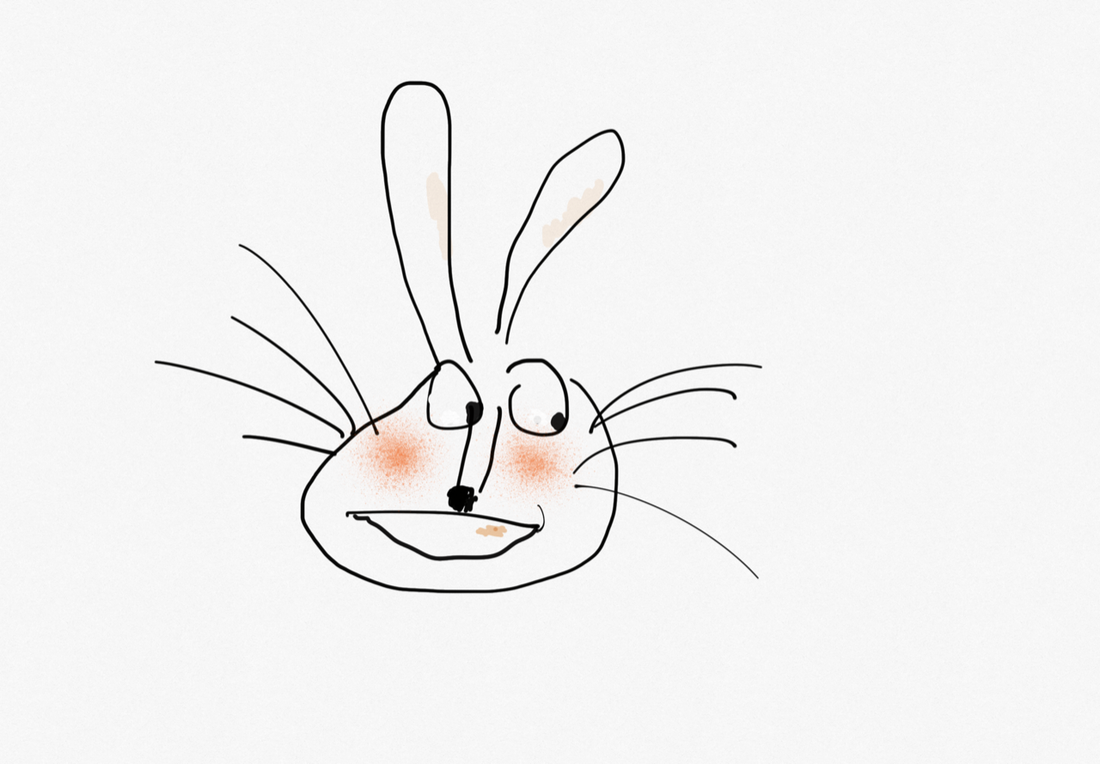
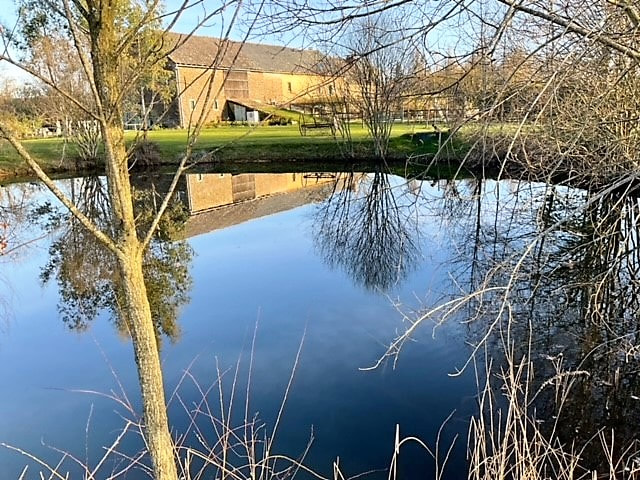


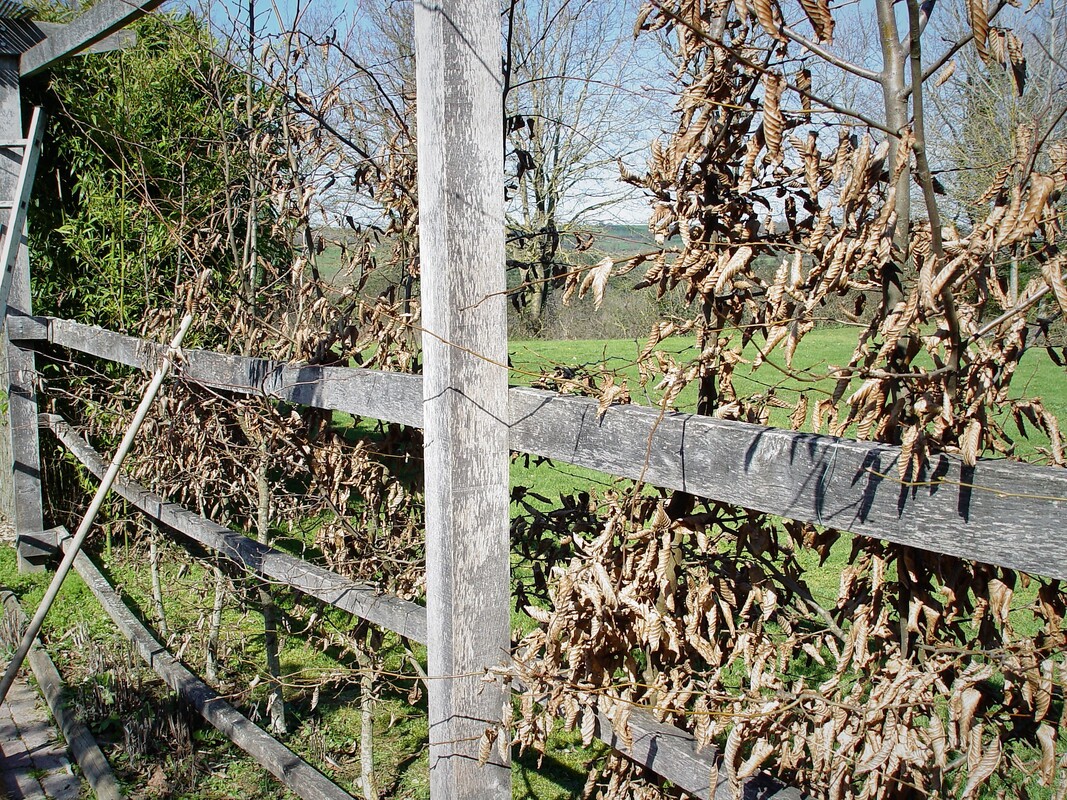
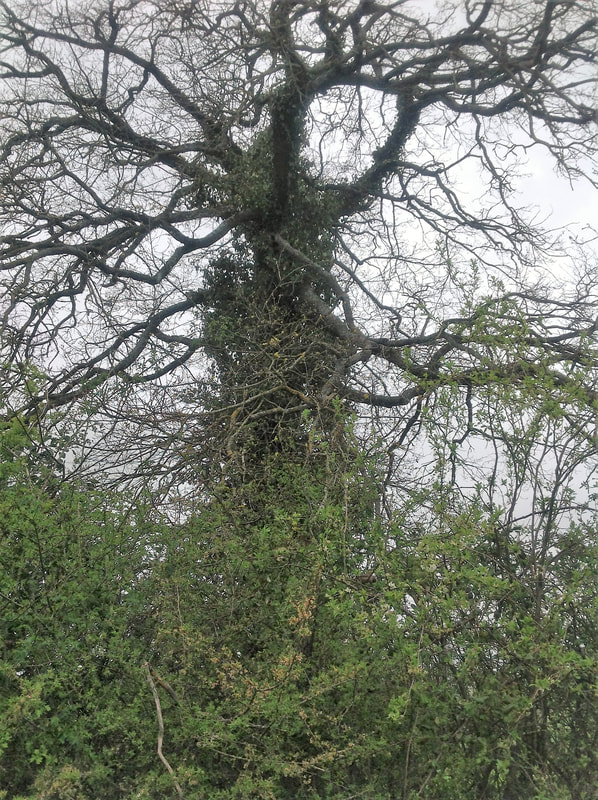
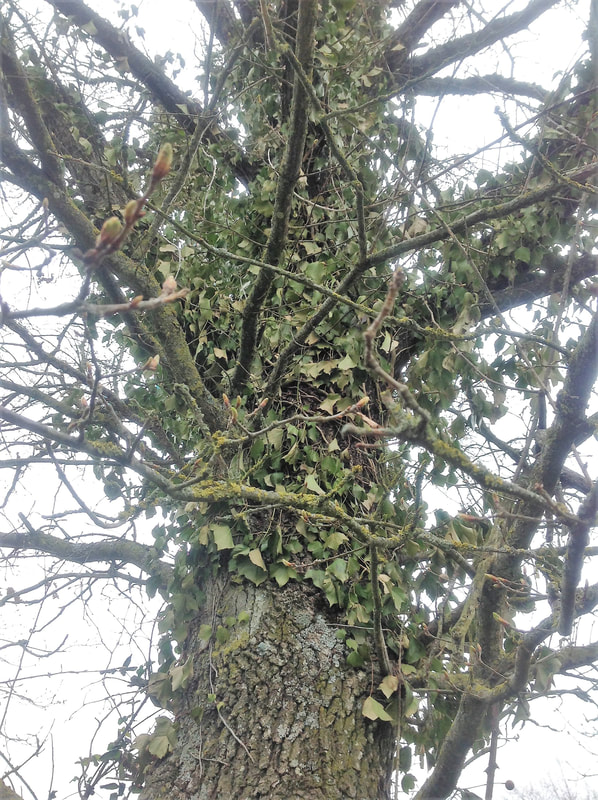
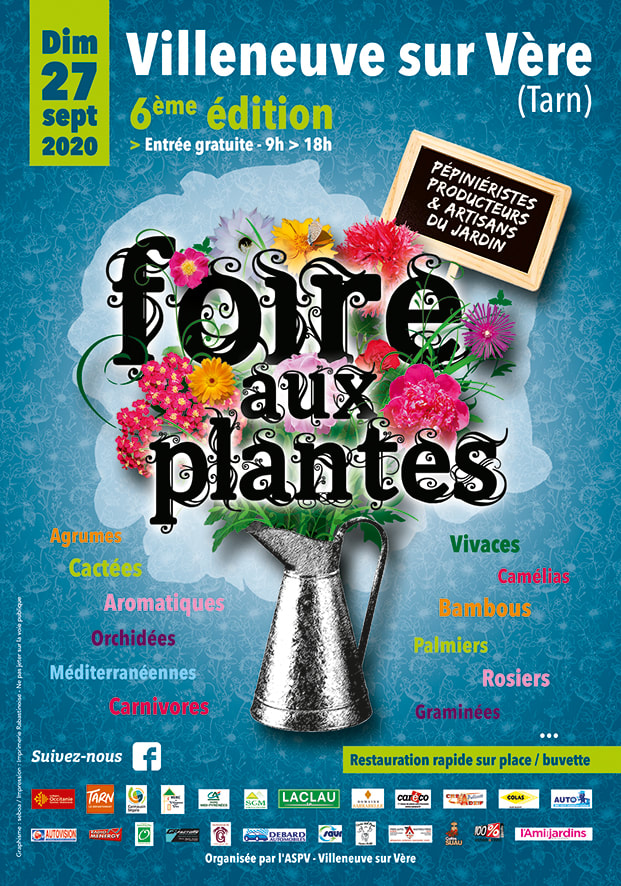
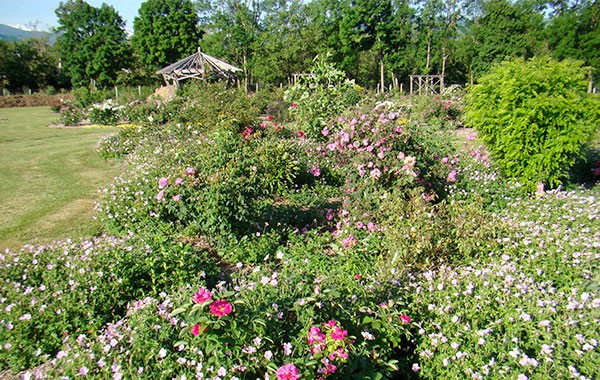
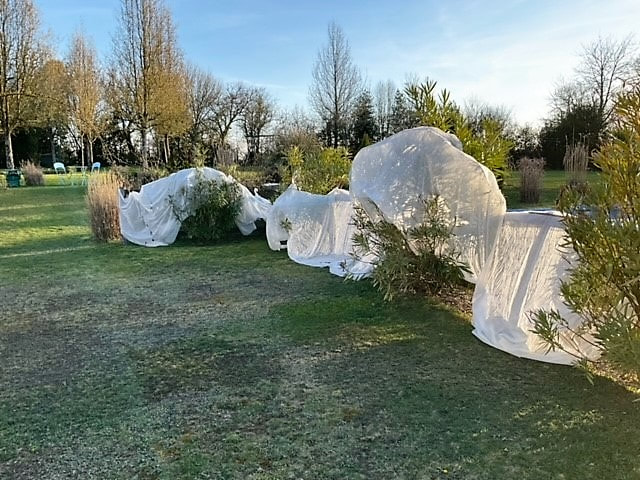

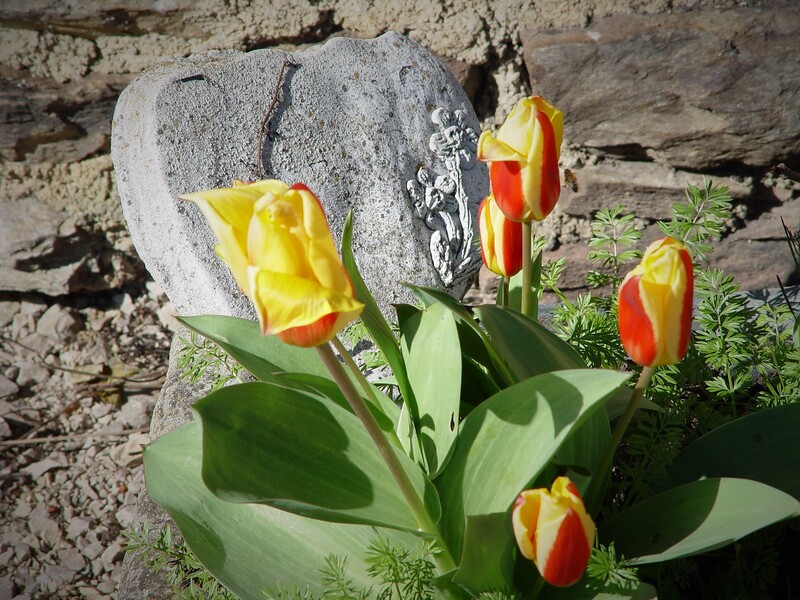
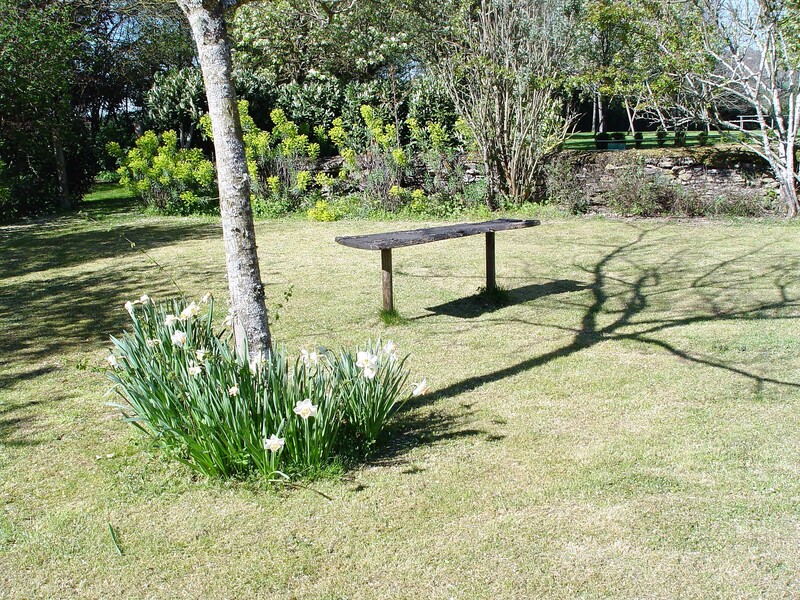
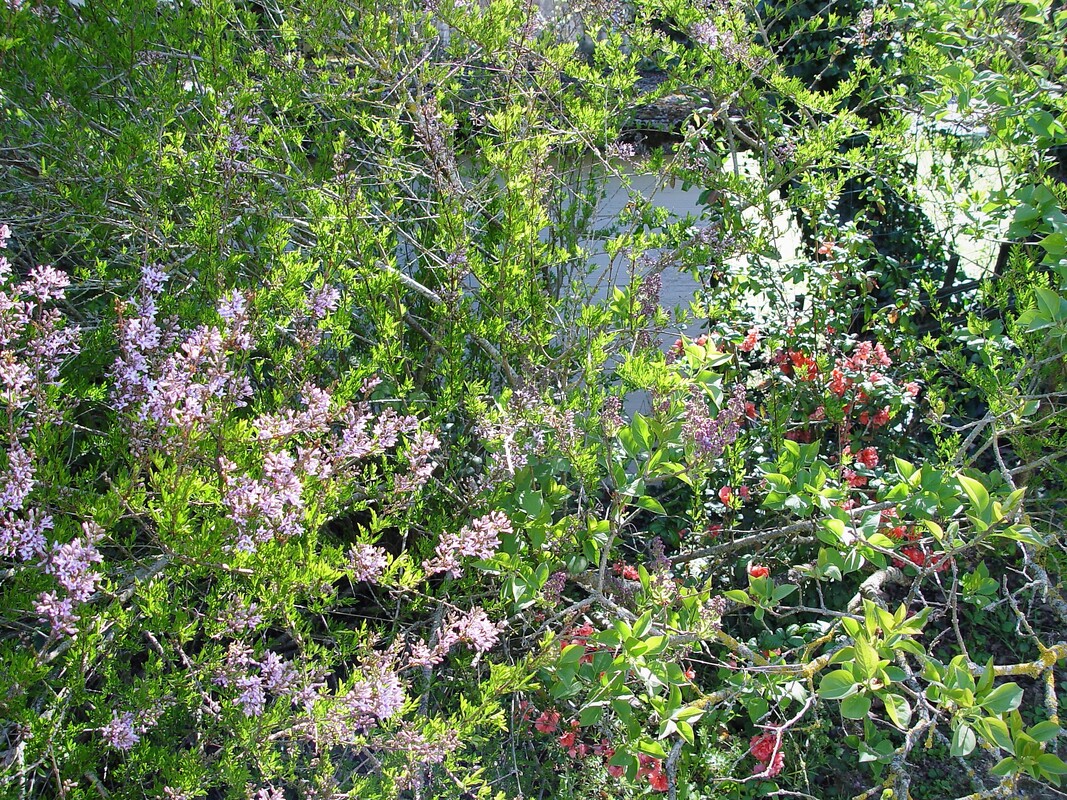
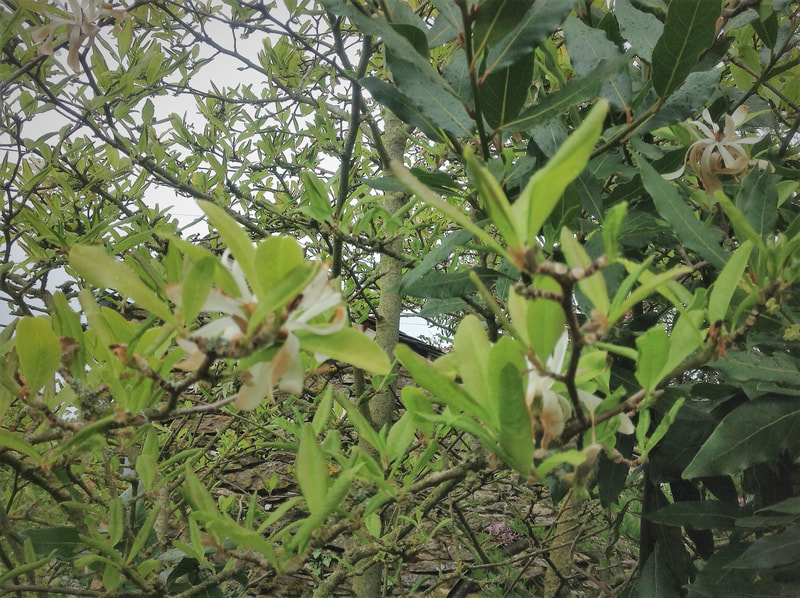
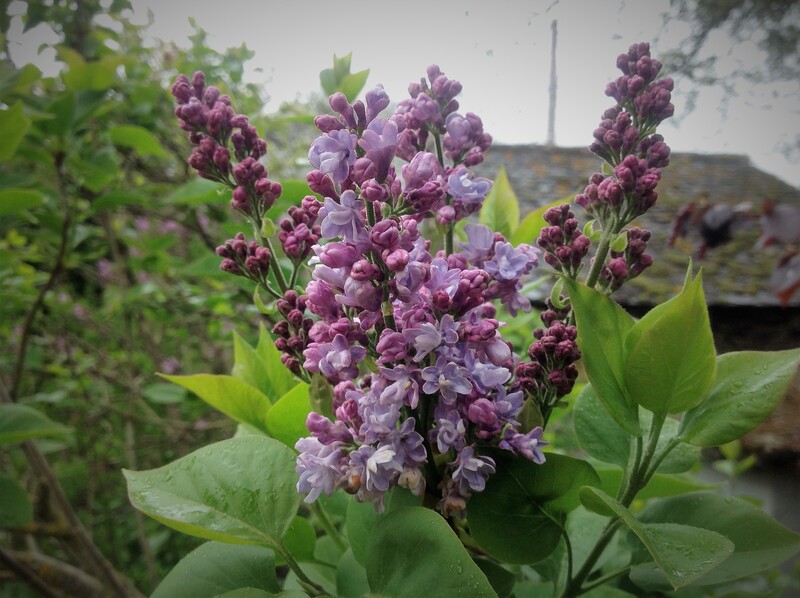
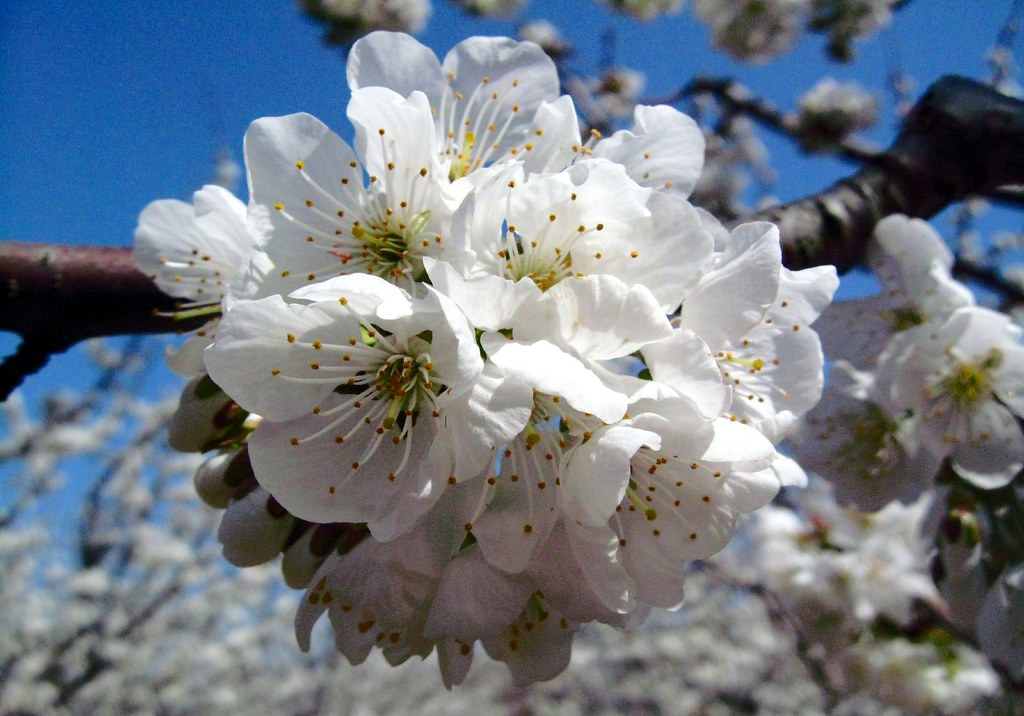
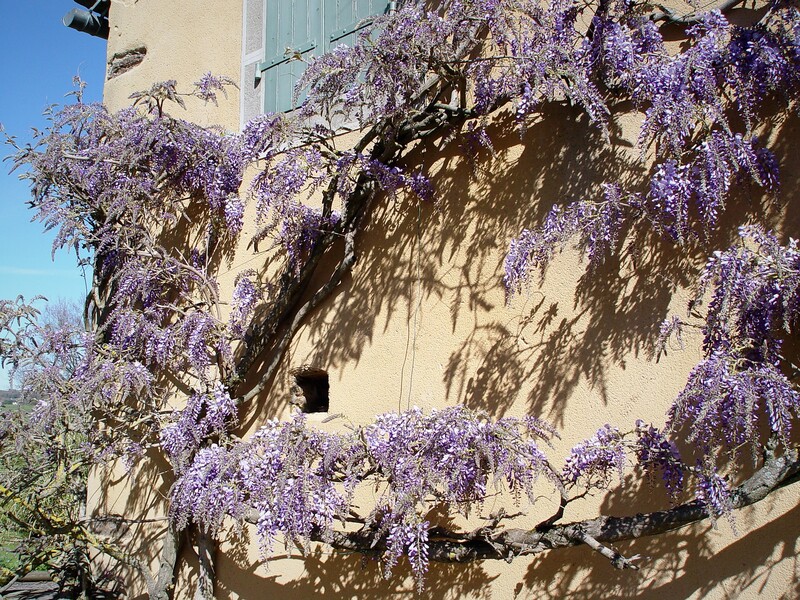
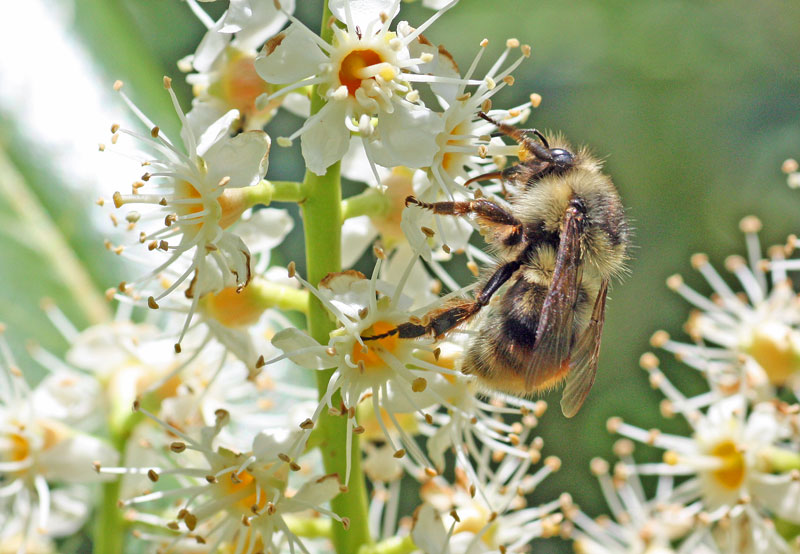

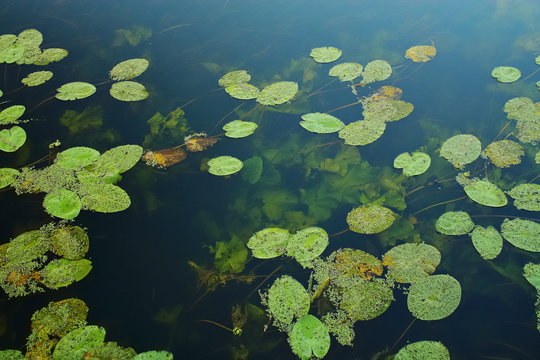
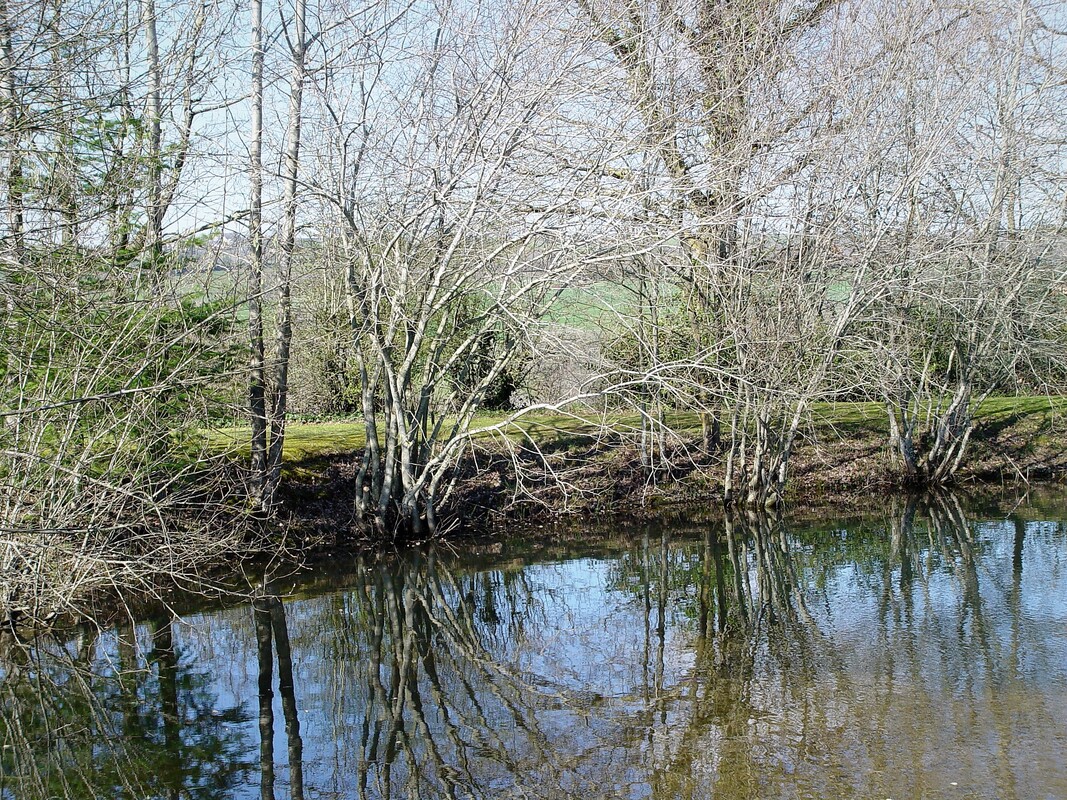
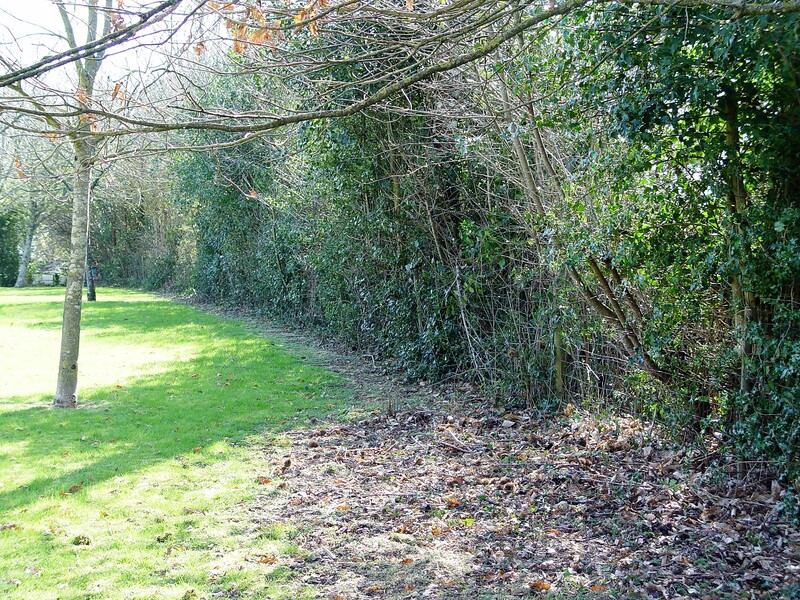
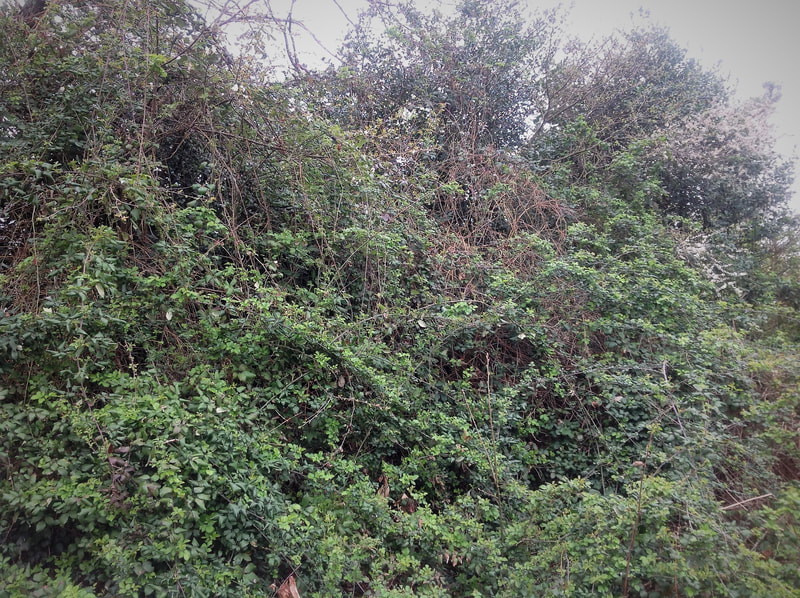


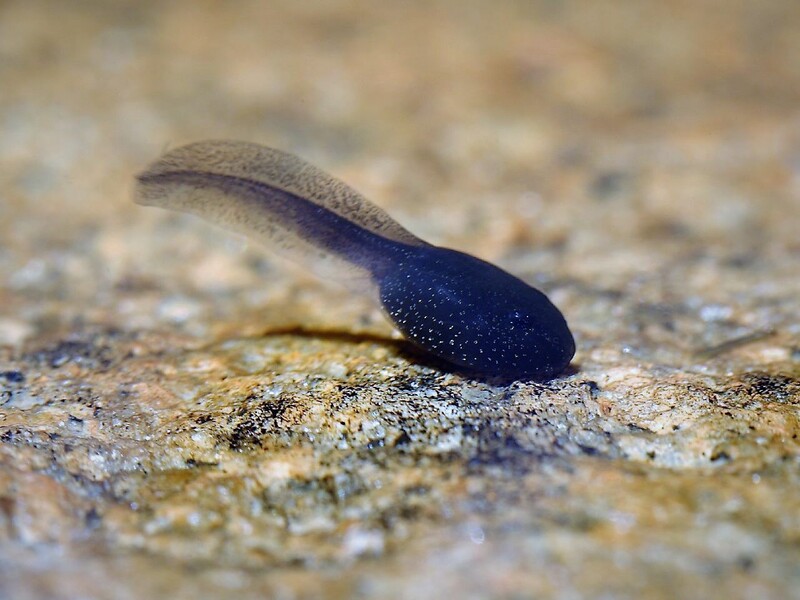
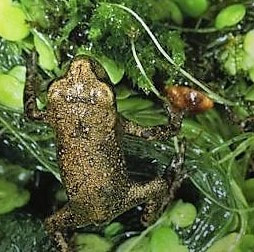
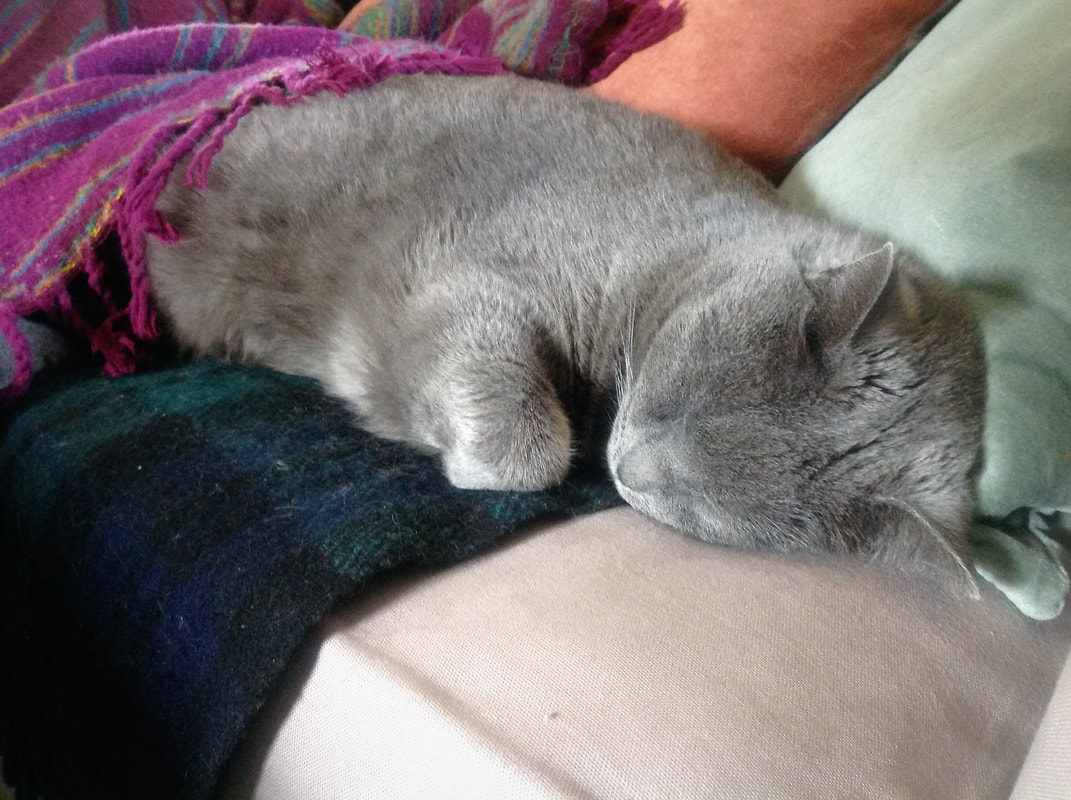
 RSS Feed
RSS Feed